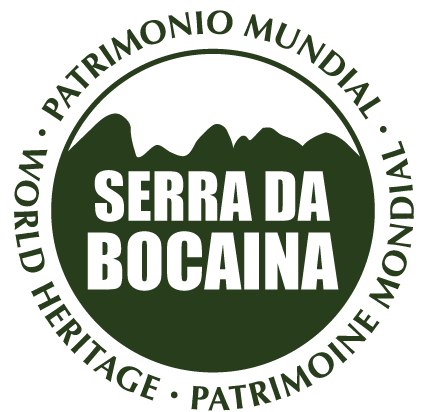
In 2019, Serra
da Bocaina was internationally recognized for its immense value to
humanity. The United Nations Educational, Scientific, and Cultural
Organization (UNESCO) granted it the title of World Heritage Site to
safeguard and preserve it for future generations.
Serra da Bocaina is one of 21 Brazilian World Heritage Sites, with seven being natural and 14 cultural. With international recognition, the region became the first mixed site in Brazil on the list of sites of exceptional universal value.
With
approximately 85% of its native vegetation cover well-preserved, the
106,000-hectare area is the second-largest remaining forest in the
Atlantic Forest biome. It is surrounded by four environmental
conservation areas.
The Serra da Bocaina National Park (PNSB),
with headquarters in São José do Barreiro and a sub-headquarters in
Paraty, offers varied altitudes, landscapes, and attractions such as
beaches, natural pools, rivers, waterfalls, peaks, and viewpoints, as
well as the rich flora and fauna of the Atlantic Forest.
In the
mountainous regions, attractions include Santo Isidro Waterfall,
Posses Waterfall, Vale do Veado, Pico do Tira Chapéu, and Pedra da
Macela.
In the coastal area, notable attractions include
waterfalls and the natural pool of Trindade, as well as the beaches
of Meio and Caixa D'Aço in Paraty.
Historical and cultural
attractions are also evident along paths and trails that reflect the
time of cattle driving, showcasing rural culture in the mountains and
the caiçara culture along the coast.
Established in 1987, the Bananal Ecological Station (EEB) aims to protect remnants of Dense Montana and Alto Montana Ombrophilous Forest, endangered species of flora and fauna, while also facilitating research and environmental education activities. It features two trails: the Sete Quedas Waterfall Trail and the Trilha do Ouro (Gold Trail), both offering access to unique natural landscapes.